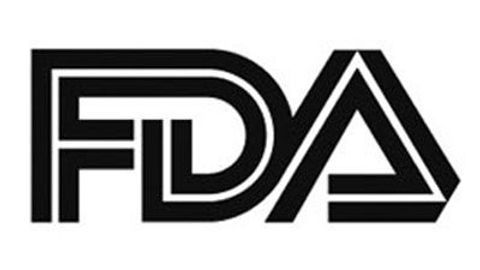FDA Approves Eflornithine to Reduce Risk of Relapse in High-Risk Neuroblastoma
The FDA has approved eflornithine to reduce the risk of relapse in adult and pediatric patients with high-risk neuroblastoma.

Eflornithine (Iwilfin) has been granted FDA approval to reduce the risk of relapse in adult and pediatric patients with high-risk neuroblastoma (HRNB) who have had at least a partial response to prior multiagent, multimodality therapy including anti-GD2 immunotherapy.1
This regulatory decision was based on findings from a controlled trial comparing outcomes from Study 3b (NCT02395666; investigational arm) and Study ANBL0032 (clinical trial-derived external control arm). Previously in October 2023, the FDA’s Oncologic Drug Advisory Committee (ODAC) voted 14 to 6 that eflornithine shows sufficient evidence to reduce the risk of relapse in pediatric patients with HRBN who are in remission and have completed multi-agent, multi-modality therapy.2,3
The first study, Study 3b, was a multi-center, open label, non-randomized trial which included 2 cohorts. In the first cohort, 105 eligible patients with HRNB were given eflornithine orally, twice daily at a dosage based on body surface area until disease progression, unacceptable toxicity, or for a maximum of 2 years.1
Then, the external control arm was made of 1,241 patients on the experimental arm of Study ANBL0032. The multi-center, open-label, randomized trial evaluated dinutuximab (Unituxin), granulocyte-macrophage colony-stimulating factor, interleukin-2, and cis-retinoic acid compared to cis-retinoic acid alone in pediatric patients with HRNB.
Patients were matched 1:3 using propensity scores if they met the criteria for the comparative analysis of Study 3b and ANBL0032. A total of 90 patients were included in the matched efficacy populations for the primary analysis and 270 control patients were included from Study ANBL0032.
Investigators evaluated event free survival (EFS), defined as disease progression, relapse, secondary cancer, or death due to any cause, and other end points of overall survival (OS), defined as death due to any cause.
The hazard ratio (HR) for the EFS was 0.48 (95% CI, 0.27-0.85) and OS HR was 0.32 (95% CI, 0.15-0.70). Further, the EFS HR ranged from 0.43 (95% CI, 0.23-0.79) to 0.59 (95% CI, 0.28-1.27), and the OS HR ranged from 0.29 (95% CI, 0.11-0.72) to 0.45 (95% CI, 0.21-0.98).
For safety, the most common adverse events which were seen in ≥5% of patients in Study 3b, consisted of otitis media, diarrhea, cough, sinusitis, pneumonia, upper respiratory tract infection, conjunctivitis, vomiting, pyrexia, allergic rhinitis, decreased neutrophils, increased alanine transaminase, increased aspartate transaminase, hearing loss, skin infection, and urinary tract infection.
REFERENCES
FDA approves eflornithine for adult and pediatric patients with high-risk neuroblastoma. News release. FDA. December 13, 2023. Accessed December 13, 2023. http://tinyurl.com/73mc4hb9
US WorldMeds. Eflornithine (DFMO) tablets to reduce the risk of relapse in pediatric patients with high-risk neuroblastoma who have completed multiagent, multimodality therapy. https://www.fda.gov/media/172661/download
US Food and Drug Administration. FDA Briefing Document: NDA 215500. https://www.fda.gov/media/172659/download
FDA Approves FoundationOne CDx as Companion Diagnostic for Tovorafenib in Pediatric Low-Grade Glioma
January 17th 2025FoundationOne CDx is now FDA-approved as the first companion diagnostic for tovorafenib, enabling targeted treatment for relapsed/refractory pediatric low-grade glioma with BRAF mutations or rearrangements.
Read More